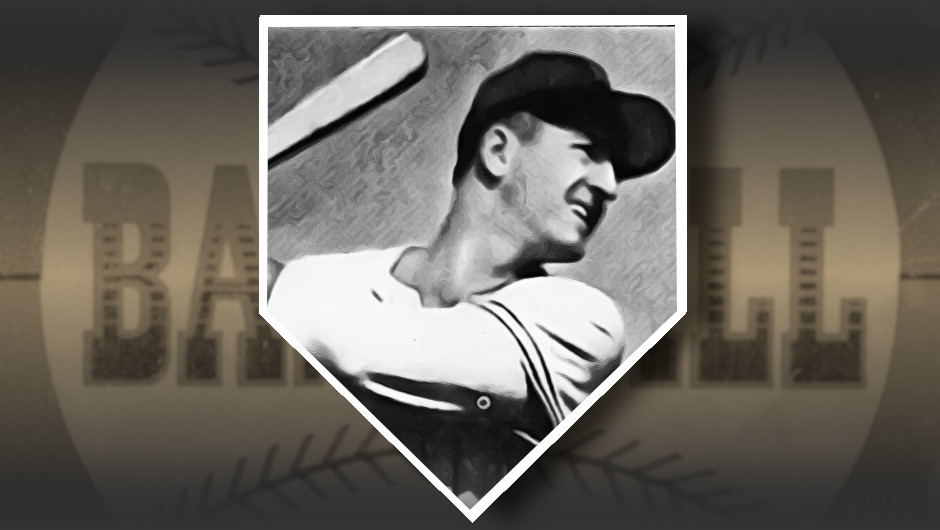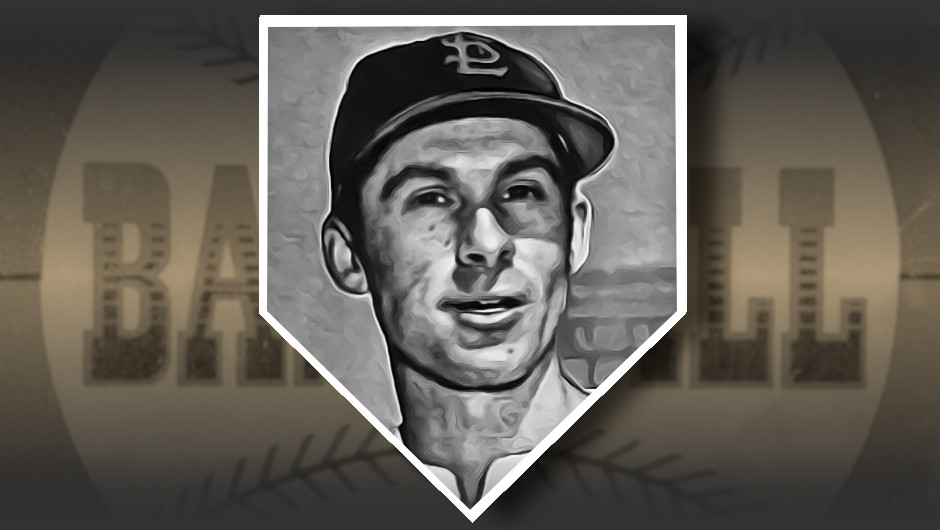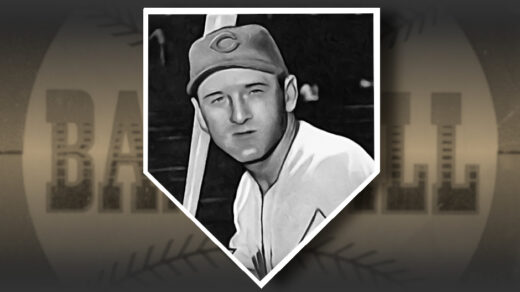Harry Brecheen is one of only two players to appear in both the 1949 and 1960 Leaf baseball card sets. Of the pair, he is the only one who didn’t sue Leaf for putting him on a card.
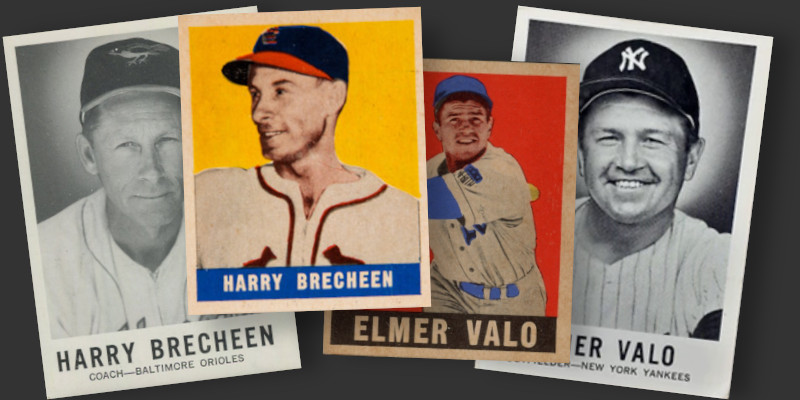
Brecheen was the anchor of a St. Louis Cardinals’ staff for much of a run that saw the team compete in four World Series inside of five years. He was a breaking ball pitcher that alternated curves and screwballs moving in opposite directions. He wasn’t shy about mixing in the spitball, either. Importantly, he did not allow many runs. Harry Brecheen finished his career with an ERA of 2.92.
How many of the 164 pitchers appearing in the 1952 Topps checklist have a sub-3.00 ERA? Just three. Of that trio, two were relievers (Hoyt Wilhelm and Eddie Yuhas) with Brecheen as the sole starting pitcher. The closest Hall of Fame starter is Warren Spahn, and his 3.08 ERA trails Brecheen’s by almost 20 points.
ERA, of course, is sometimes a troublesome stat. How about Brecheen’s peripheral numbers compared to his peers in the 1952 checklist? His 1.188 WHIP is the third best. His adjusted fielding independent pitching (FIP-) is the fourth best. And the amount of wins above replacement (WAR) contributed in each appearance? Nobody in the checklist added more WAR per game than Brecheen. Not Bob Feller. Not Warren Spahn. Not Robin Roberts.
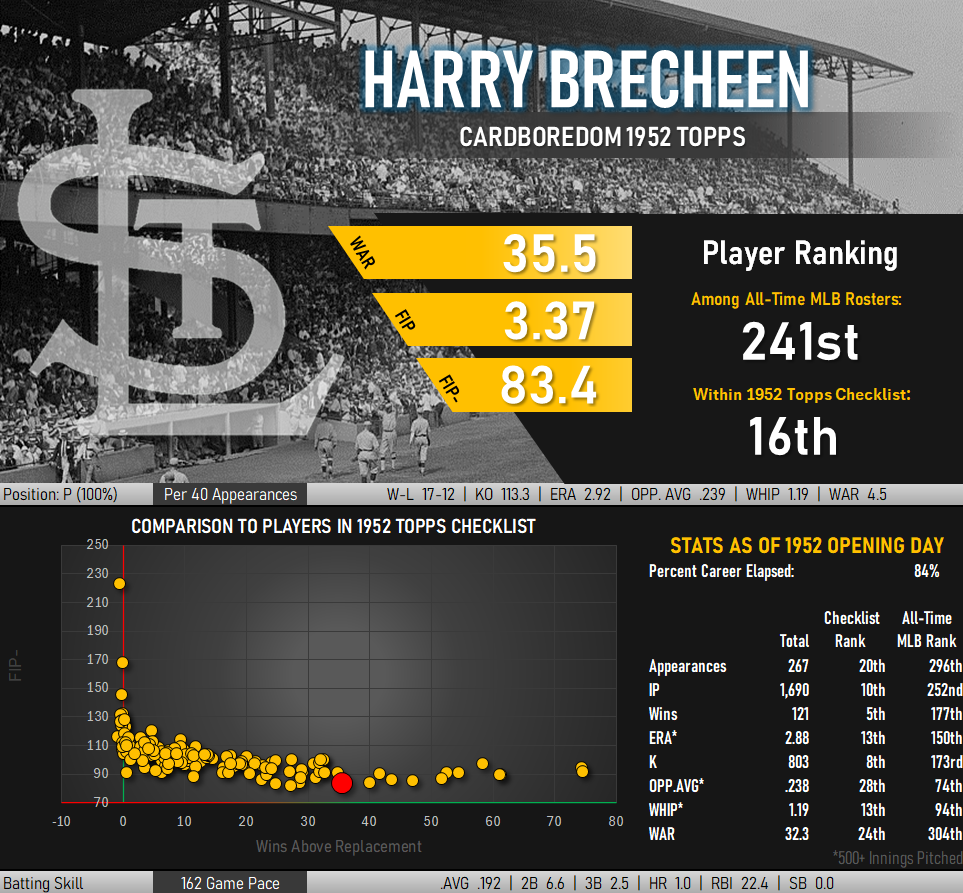
“The Cat,” as Brecheen was known to St. Louis fans, just might have been pitch for pitch the best hurler depicted on a ’52 Topps baseball card. Due to a late MLB debut at close to age 30 and only playing across 12 seasons, his career totals fall short of the milestones that typically garner votes for Cooperstown (he topped out with 7 votes in 1960). That 35.5 career WAR contains much, much more baseball success than other longer tenured but middle of the road pitchers with the same figure, such as Bob Welch. One wonders what the outcome could have been if Brecheen’s career had been longer?
While he didn’t start regularly throwing off the mound for St. Louis until 1943, he had been playing professionally since the final playing days of Babe Ruth. Brecheen played so much minor league baseball (1,715 innings) that almost half his entire pro career took place in the minors. What if we take a few liberties and just tack those onto his MLB totals?
| SKILL LEVEL | IP | RECORD | ERA |
|---|---|---|---|
| MINOR LEAGUE | 1,715 | 120-87 | 2.80 |
| MAJOR LEAGUE | 1,907⅔ | 133-92 | 2.92 |
| COMPOSITE | 3,622⅔ | 253-179 | 2.86 |
3,600 innings, 250+ wins, and an ERA in the upper 2.80s? Adding the entirety of Brecheen’s pro pitching performances produces some alarmingly high quality comparisons from the generations bookending his career:
| PITCHER | IP | RECORD | ERA |
|---|---|---|---|
| Carl Hubbell | 3,590⅓ | 253-154 | 2.98 |
| Harry Brecheen (Composite) | 3,622⅔ | 253-179 | 2.86 |
| Bob Gibson | 3,884⅓ | 251-174 | 2.91 |
Think of how insanely difficult it would be to obtain a Carl Hubbell or Bob Gibson card if either had appeared as a semi-high number in the 1952 Topps set. Instead, I got a virtually identical pitcher from a common bin.
No Thanks, I’d Rather Face Mariano Rivera
Okay, let’s look at one more comparison to drive home the point that Harry Brecheen was possibly the scariest pitcher to face in Topps’ landmark baseball card issue. He pitched in three World Series. How good would Brecheen have to be in those games to make batters wish they were facing a locked-in October-mode Mariano Rivera instead?
Career World Series Stats
| PITCHER | INNINGS | W-L | ERA | DOUBLES SURRENDERED | TRIPLES SURRENDERED | HOME RUNS SURRENDERED |
|---|---|---|---|---|---|---|
| Brecheen | 32⅔ | 4-1 | 0.83 | 3 | 1 | 0 |
| Rivera | 36⅓ | 2-1 | 0.99 | 4 | 1 | 1 |
Hearing Enter Sandman never sounded so good.
The Cat’s Big 1952 Cards
I like the Harry Brecheen card in my 1952 set building project. I apparently Topps’ newly introduced “Giant-Sized” cards so much that I bought this one twice. The first was a GD condition example that originated within one of the collections highlighted on the YouTube show Chasing Cardboard. I didn’t intend to upgrade my new card until I stumbled across a pair of EX condition ’52s offered at prices too good to pass up. One of these was the Brecheen seen below.



